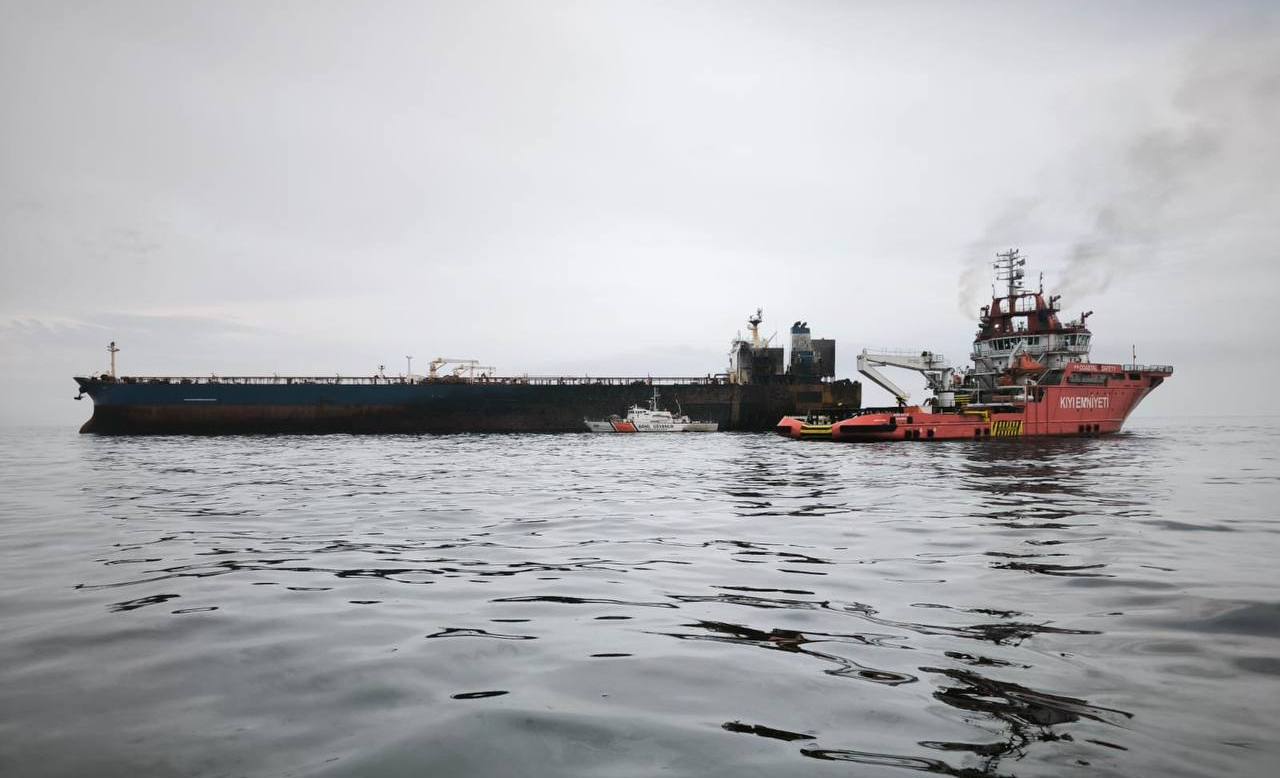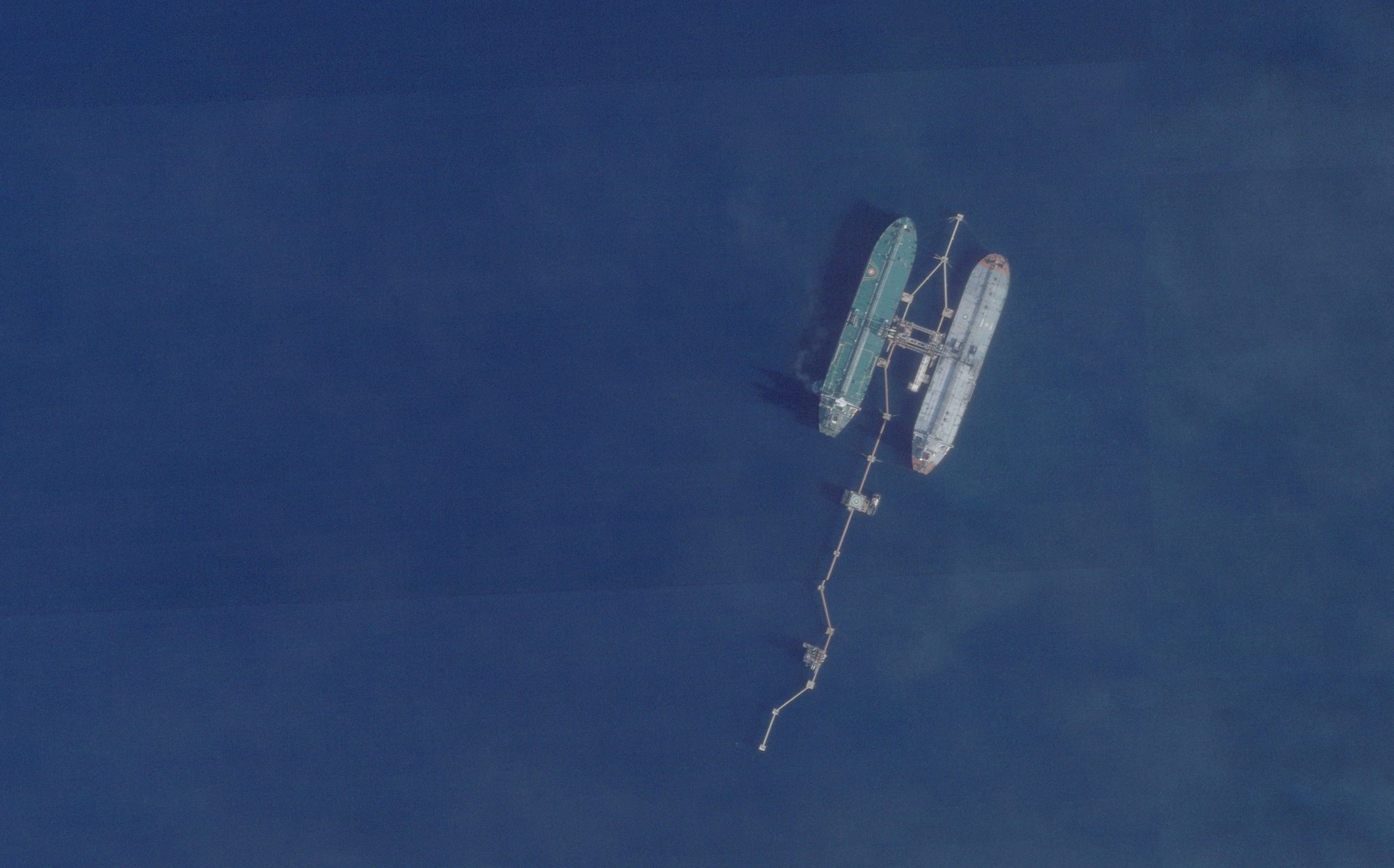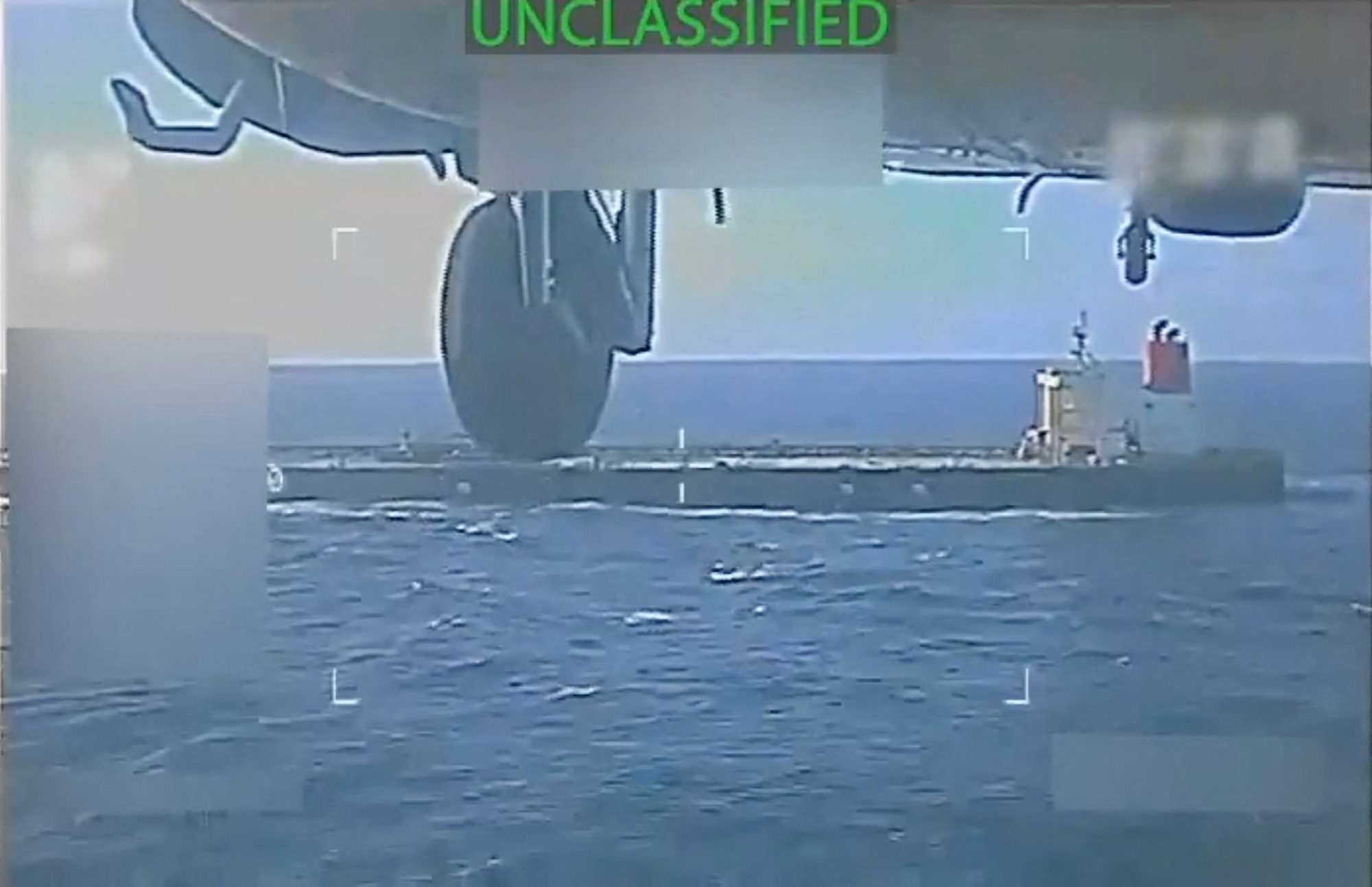By Rob Sheridan
(Bloomberg) — Clarkson Plc, the world’s largest shipbroker, began publishing new shipping rates, discontinued others, and revised historical ones to reflect changes including fuel consumption across the maritime industry.
Among its alterations, the broker halted publishing rates for oil tankers built in 1990 and began assessments for vessels built three years ago, Calum Kennedy, a Clarkson analyst in London, said by e-mail today. Ships previously defined as “modern” were recategorized as constructed around the year 2000, allowing the broker to maintain some of its older data.
The amended rates in part reflect a requirement for oil tankers and ships carrying dry-bulk commodities to burn very- low-sulfur fuel, or bunker, when entering ports within the 27- nation European Union, Kennedy said by e-mail today. The additional assessments also span new routes for oil-product tankers and changes to existing round-trip voyages.
“We are factoring in the additional bunker cost which owners trading into Europe and the U.S. are faced with, at a time when higher bunker prices are at the forefront of everyone’s minds,” Kennedy said by e-mail. “This reduces earnings, as one might expect.”
A supertanker previously defined by the broker as “modern” earned $30,857 since the start of 2009. The same ships built in 2000, the closest comparison under Clarkson’s new methods, made $22,716 over the same period. The ClarkSea Index, a gauge of industrywide earnings, averaged $11,975 since the start of 2009, 3.1 percent less than under the old methodology.
Fuel costs rose 1.8 percent to $608.58 a ton on April 19, according to data compiled by Bloomberg.
Copyright 2013 Bloomberg.

 Join The Club
Join The Club










